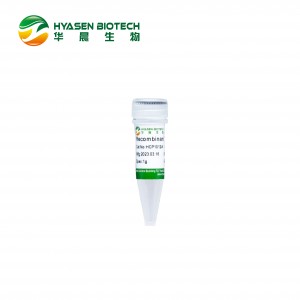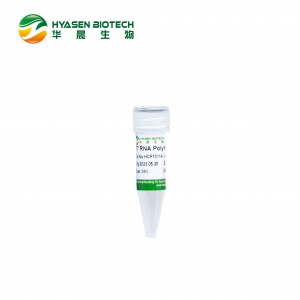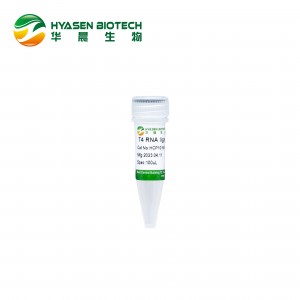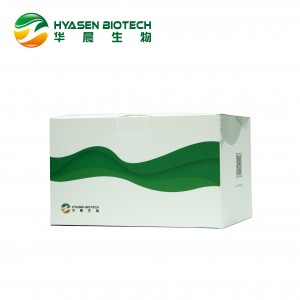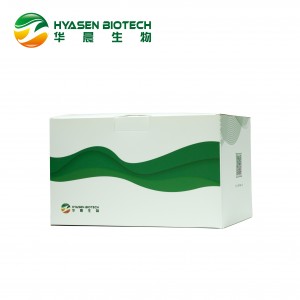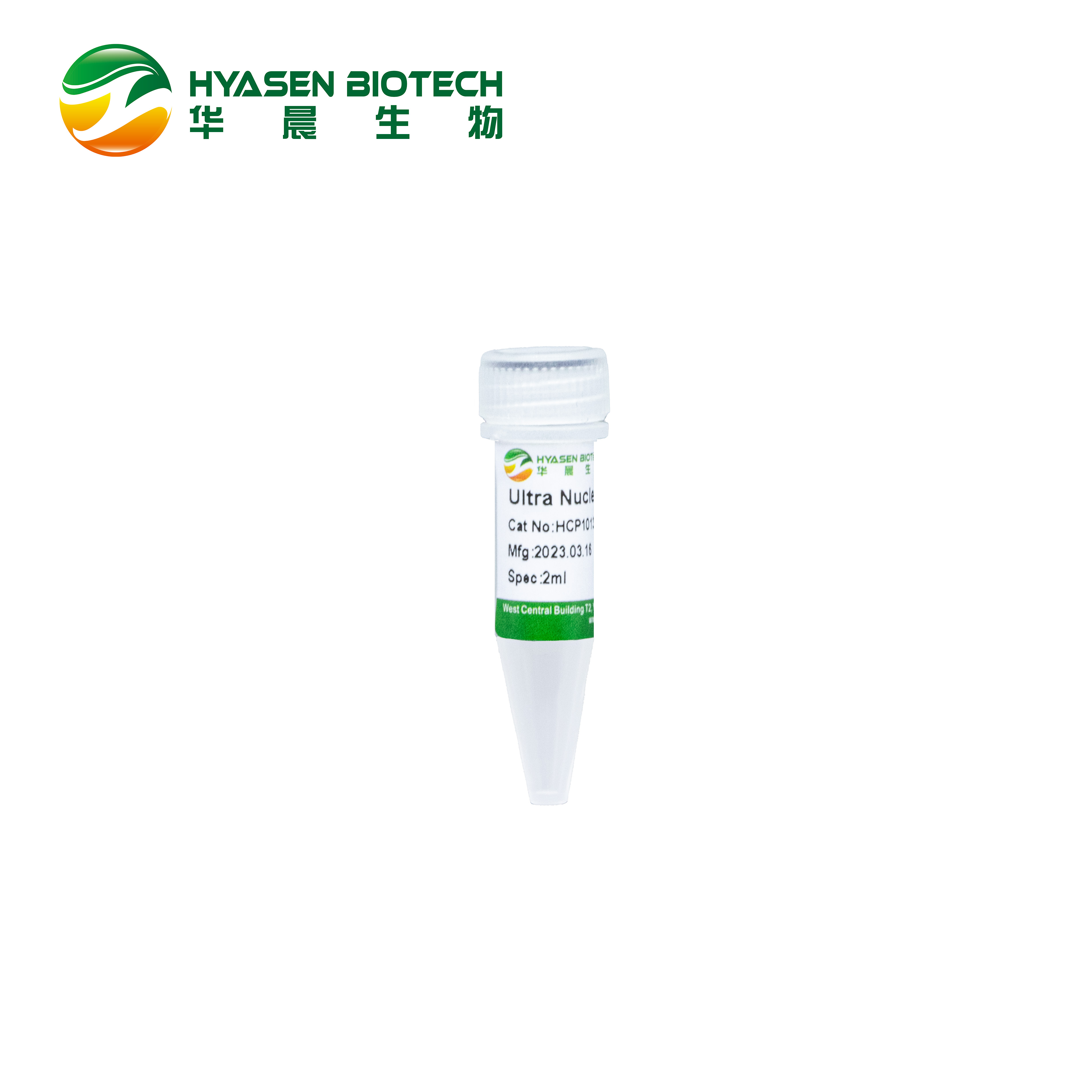
Ultra Nuclease
UltraNuclease is a genetically engineeredendonuclaese derived from Serratia marcescens,which is capable of degrade DNA or RNA,either double or single stranded, linear or circular under a wide range of condition,completely degrade nucleic acids into 5’-monophosphate oligonucleotides with 3-5base length. After genetic engineering modification, theproduct was fermented, expressed, and purifiedin Escherichia coli (E. coli), which reducestheviscosity of cell supernatant and cell lysate inscientific research, but also improve the purification efficiency and functional research ofprotein. It can also be used in the gene therapy,virus purification, vaccine production, proteinand polysaccharide pharmaceutical industry as a host residue nucleic acid removal reagent.
Product features
|
CAS No. |
9025-65-4 |
|
EC No. |
|
|
Molecular Weight |
30kDa |
|
Isoelectric Point |
6.85 |
|
Protein Purity |
≥99%( SDS-PAGE & SEC-HPLC) |
|
Specific Activity |
≥1. 1×106U/mg |
|
OptimumTemperature |
37°C |
|
Optimum pH |
8.0 |
|
ProteaseActivity |
negative |
|
Bioburden |
<10CFU/100,000U |
|
Residual Host-cell Protein |
≤10ppm |
|
Heavy Metal |
≤10ppm |
|
Bacterial Endotoxin |
<0.25EU/1000U |
|
Storage Buffer |
20mM Tris-HCl, pH 8.0, 2mM MgCl2 , 20mM NaCl ,50% Glycerol |
Storage conditions
≤0°C transportation;-25~-15°C Storage,2 years validity (avoid freezing-thawing).
Unit Definition
The amount of enzyme used to change the absorption value of △A260 by 1.0 within 30min at 37 °C, pH 8.0, equivalent to digested 37μg salmon sperm DNA by cutting into oligonucleotides, was defined as an active unit(U).
Quality control
Residual Host-cell Protein: ELISA kit
•Protease Residues: 250KU/mL UltraNuclease reacted with substrate for 60min, no activity was detected.
•Bacterial Endotoxin: LAL-Test, Pharmacopoeia of the People ’s Republic of China Volume 4 (2020 Edition) gel limit test method. General Rules (1143).
•Bioburden: Pharmacopoeia of the People ’s Republic of China Volume 4 (2020 Edition)— General
Rules for Sterility Test (1101), PRC National Standard, GB 4789.2-2016.
•Heavy Metal: ICP-AES, HJ776-2015.
Operation
UltraNuclease activity was significantly inhibited when SDS concentration was over 0.1% or EDTA
concentration was over 1mM.Surfactant Triton X- 100, Tween 20 and Tween 80 had no effect on nuclease
properties when the concentration was under 1.5%.
|
Operation |
Optimal Operation |
Valid Operation |
|
Temperature |
37℃ |
0-45℃ |
|
pH |
8.0-9.2 |
6.0- 11.0 |
|
Mg2+ |
1-2mM |
1- 15mM |
|
DTT |
0- 100mM |
>100mM |
|
2-Mercaptoethanol |
0- 100mM |
>100mM |
|
Monovalent metal ion (Na+, K+ etc.) |
0-20mM |
0-200mM |
|
PO43- |
0- 10mM |
0- 100mM |
Usage and Dosage
• Remove exogenous nucleic acid from vaccine products, reduce the risk of residual nucleic acid toxicity and improve product safety.
• Reduce the viscosity of feed liquid caused by nucleic acid, shorten processing time and increase protein yield.
• Remove the nucleic acid which wrapped particle (virus, inclusion body, etc.), which is conducive
to the release and purification of the particle.
|
Experimental Type |
Protein Production |
Virus,Vaccine |
Cell Drugs |
|
Cells Number |
1g cell wet weight (resuspended with 10ml buffer) |
1L fermentation liquid supernatant |
1L culture |
|
Minimum Dosage |
250U |
100U |
100U |
|
Recommended Dosage |
2500U |
25000U |
5000U |
• Nuclease treatment can improve the resolution and recovery of the sample for column chromatography, electrophoresis and blotting analysis.
• In gene therapy, nucleic acid is removed to obtain purified adeno-associated viruses.







